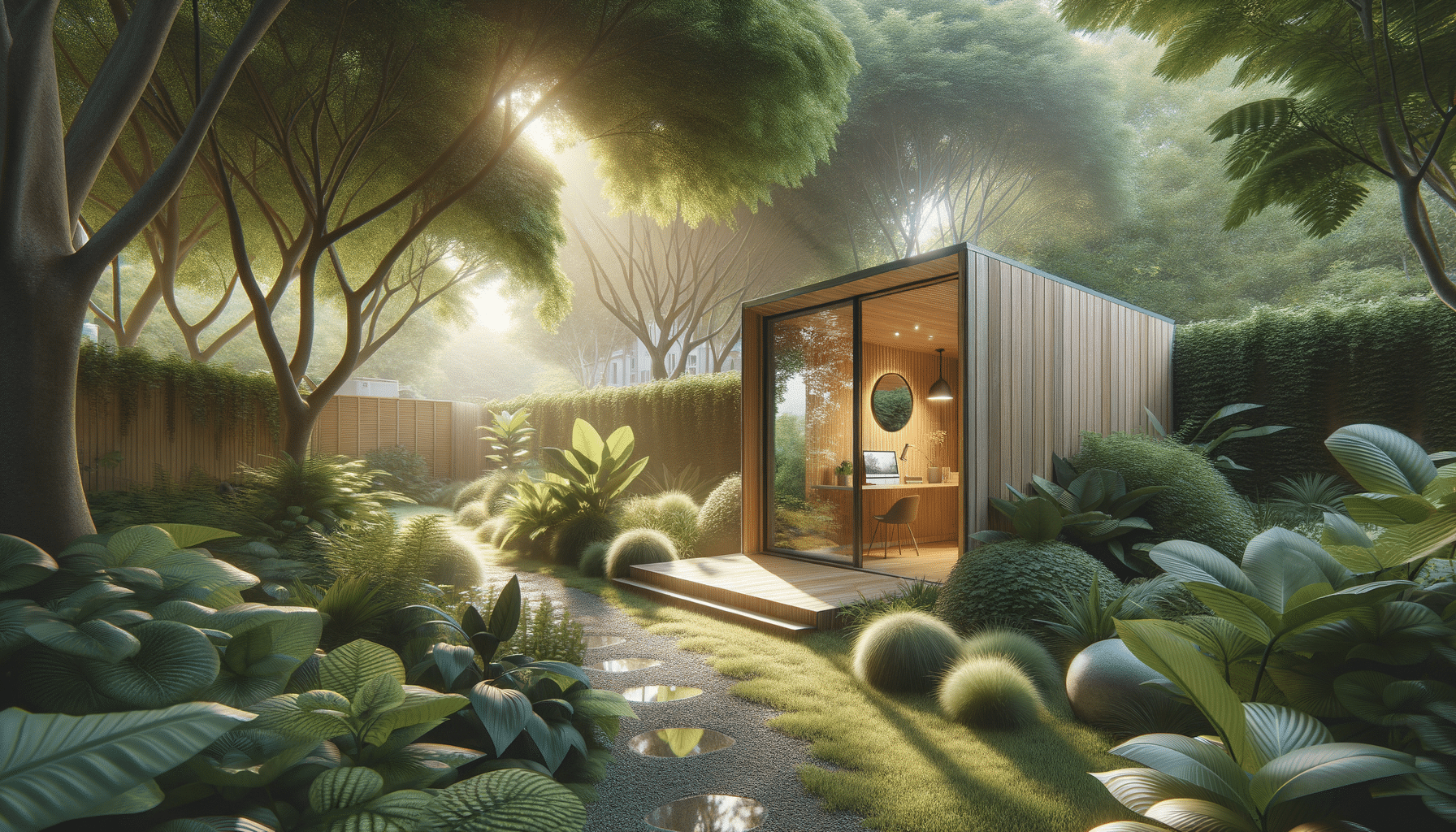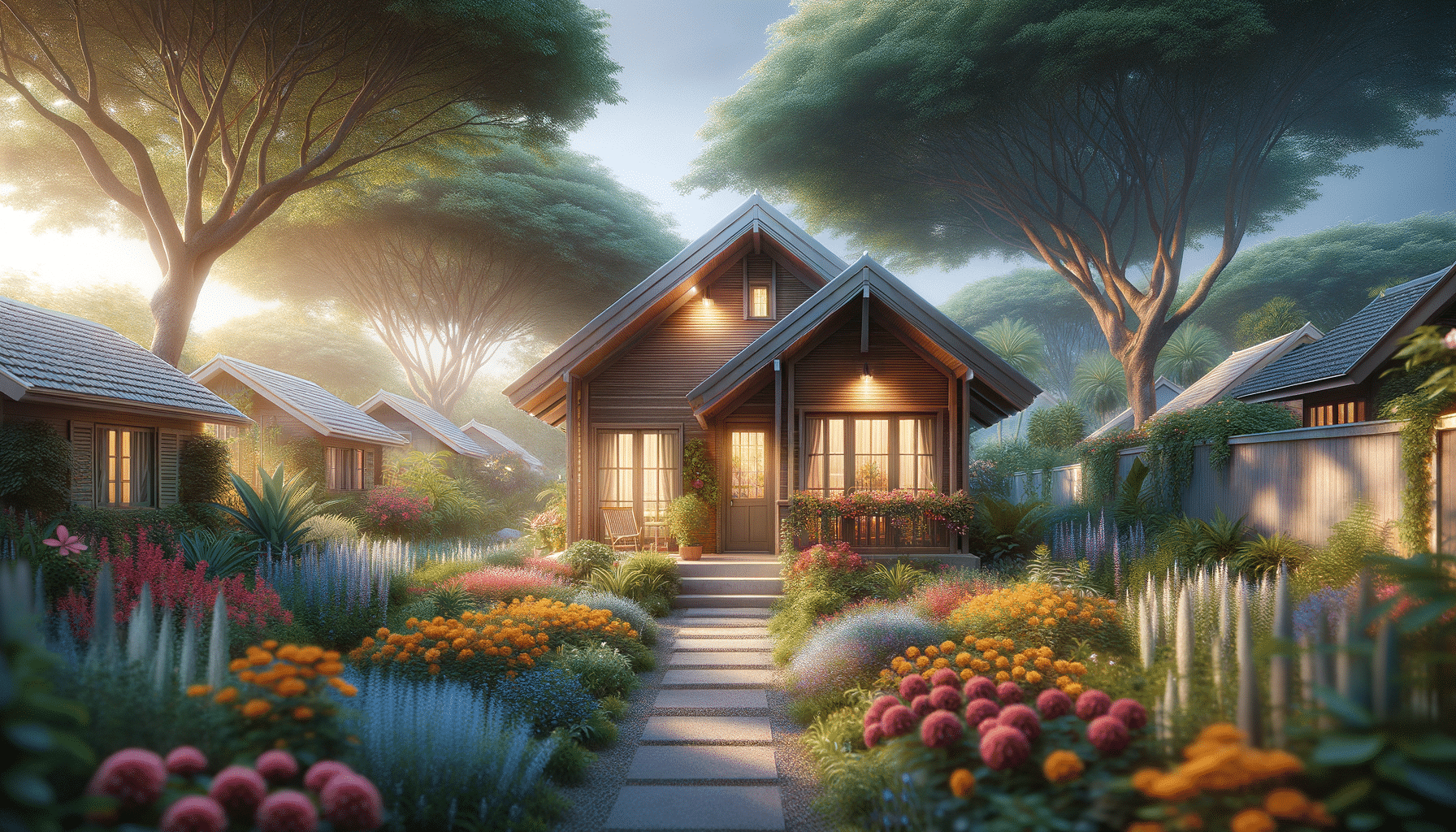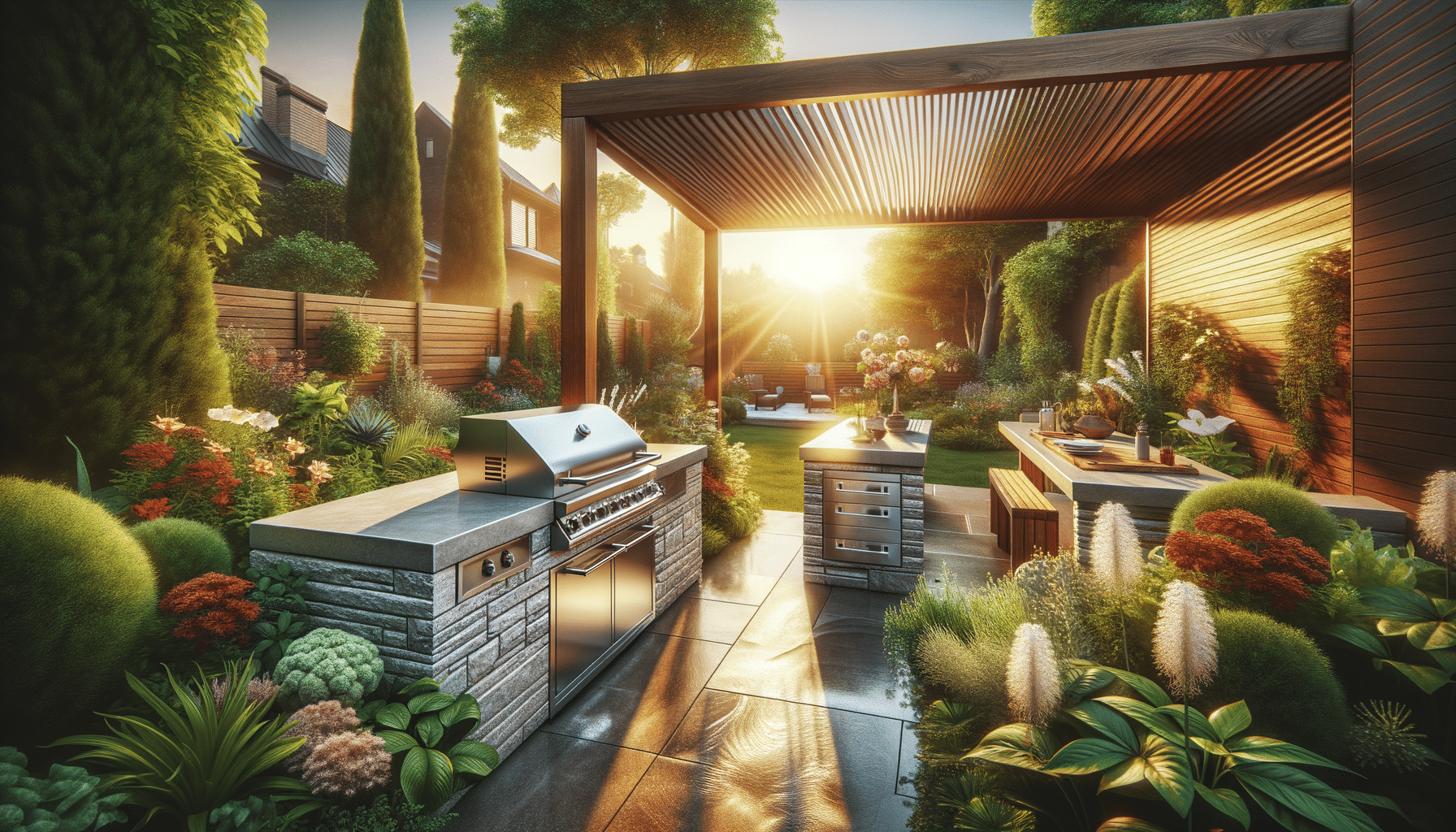
Learn More About tiny house pods and how they create flexible living options
Introduction to Pod Cabins and Tiny House Pods
In recent years, there has been a growing trend towards minimalistic living, leading to the rise of pod cabins and tiny house pods. These compact structures offer flexible living options that cater to a variety of needs, from additional living space to creative work environments. As urban spaces become more crowded and housing prices soar, these tiny yet functional spaces provide an affordable and sustainable alternative. Whether used as guest houses, backyard studios, or compact cabins, tiny house pods offer a myriad of possibilities for those seeking to maximize their living space without compromising on comfort.
Types of Pod Cabins and Tiny House Pods
Pod cabins and tiny house pods come in various designs and configurations, each tailored to specific needs and preferences. The most common types include:
- Modular Pods: These are pre-fabricated units that can be easily transported and assembled on-site. They offer flexibility in design and can be customized to suit individual preferences.
- Container Homes: Built from repurposed shipping containers, these pods are structurally sound and environmentally friendly. They offer a unique industrial aesthetic and can be stacked or combined to create larger living spaces.
- Eco-Pods: Designed with sustainability in mind, these pods utilize eco-friendly materials and energy-efficient features. They often incorporate solar panels, rainwater harvesting systems, and natural insulation.
- DIY Kits: For the hands-on individual, DIY kits provide all the necessary materials and instructions to build a tiny house pod from scratch. This option allows for complete customization and a sense of accomplishment upon completion.
Each type of pod offers distinct advantages, making it essential to consider your specific needs and preferences when selecting the right one for you.
Installation and Setup Considerations
When it comes to installing and setting up a pod cabin or tiny house pod, several factors must be considered to ensure a smooth transition from concept to reality. First and foremost, it’s crucial to check local zoning laws and regulations, as these can vary significantly between regions. Some areas may have restrictions on the size, placement, or use of such structures.
Another important consideration is the foundation. Depending on the type of pod and the intended use, you may need a permanent foundation, such as a concrete slab, or a more temporary solution like piers or skids. The choice of foundation will impact the stability and longevity of the structure.
Utilities are also a key factor. Consider how you will provide electricity, water, and sewage services to the pod. Some pods come equipped with off-grid systems, while others may require connection to existing utilities. It’s essential to plan these connections in advance to avoid any complications during installation.
Finally, think about the aesthetic integration of your pod with the surrounding environment. Landscaping, exterior finishes, and additional features like decks or patios can enhance the overall appearance and functionality of your pod, making it a seamless addition to your property.
Creative Uses for Compact Living Spaces
The versatility of pod cabins and tiny house pods offers endless possibilities for creative uses beyond traditional living spaces. Here are a few innovative ideas:
- Home Office: As remote work becomes more prevalent, having a dedicated workspace separate from your main living area can enhance productivity and focus. A tiny house pod can be transformed into a comfortable and efficient home office.
- Art Studio: For artists and creators, a pod can provide a quiet and inspiring space to work on projects without the distractions of daily life. Natural light and a serene environment can foster creativity and innovation.
- Guest Accommodation: Hosting guests can be a breeze with a pod cabin in your backyard. It offers privacy for both hosts and visitors, creating a welcoming and comfortable space for short or long-term stays.
- Retreat or Meditation Space: A tiny house pod can serve as a peaceful retreat for meditation, yoga, or relaxation. Surrounded by nature, it can become a sanctuary for mindfulness and self-care.
These creative uses demonstrate the adaptability of pod cabins and tiny house pods, making them a valuable addition to any property.
Conclusion: Embracing Flexibility and Innovation
The growing popularity of pod cabins and tiny house pods reflects a shift in how we think about living spaces. By embracing flexibility and innovation, these compact structures offer practical solutions for modern living. Whether you’re looking to expand your living space, create a dedicated workspace, or explore sustainable living options, tiny house pods present an opportunity to rethink traditional housing models. As we continue to adapt to changing lifestyles and environmental concerns, the appeal of these versatile spaces is likely to grow, providing a glimpse into the future of housing.


